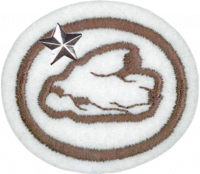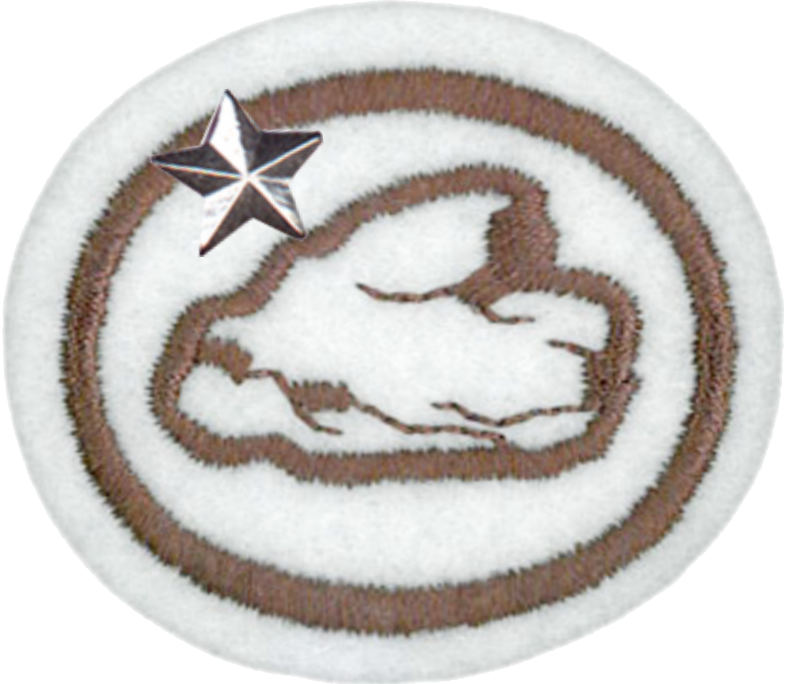Difference between revisions of "AY Honors/Rocks & Minerals - Advanced/Requirements"
m |
m (- Category of Honor Requirements) |
||
| (One intermediate revision by the same user not shown) | |||
| Line 4: | Line 4: | ||
<b>1. <section begin=req1 /><noinclude><translate><!--T:1--> | <b>1. <section begin=req1 /><noinclude><translate><!--T:1--> | ||
| − | </noinclude>Have the Rocks and Minerals | + | </noinclude>Have the Rocks and Minerals honor. |
<noinclude></translate></noinclude><section end=req1 /></b> | <noinclude></translate></noinclude><section end=req1 /></b> | ||
| Line 97: | Line 97: | ||
<noinclude></translate></noinclude><section end=req8 /></b> | <noinclude></translate></noinclude><section end=req8 /></b> | ||
<section end=Body /> | <section end=Body /> | ||
| − | |||
| − | |||
| − | |||
| − | |||
| − | |||
| − | |||
Latest revision as of 20:32, 21 July 2022
Skill Level
3
Year
1949
Version
29.09.2025
Approval authority
General Conference
1. Have the Rocks and Minerals honor.
2. Have a collection of 30 rocks and minerals properly named, 20 of which you have personally collected. Label with collector's name, date and locality in which it was found.
3. Know two minerals that belong to each of the following crystal systems:
- a. Isometric
- b. Hexagonal
- c. Tetragonal
4. Know Mohs' scale of hardness and the simplified field tests of hardness. By using these field tests, collect a scale range of specimens from your own region to form your own hardness test set.
5. Do one of the following:
- a. Know and tell two different processes by which metals are extracted from ores.
- b. Know eight minerals and tell how each is used.
6. Define the following:
- a. Crystalline
- b. Cryptocrystalline
- c. Breccia
- d. Noncrystalline
- e. Fibrous fracture
- f. Vitreous luster
- g. Geode
- h. Petrification
- i. Stalactite
- j. Fluorescence
7. What four metals are frequently found in native or free form?
8. Discuss the content of three statements from the writings of Ellen G. White concerning rocks or minerals.


